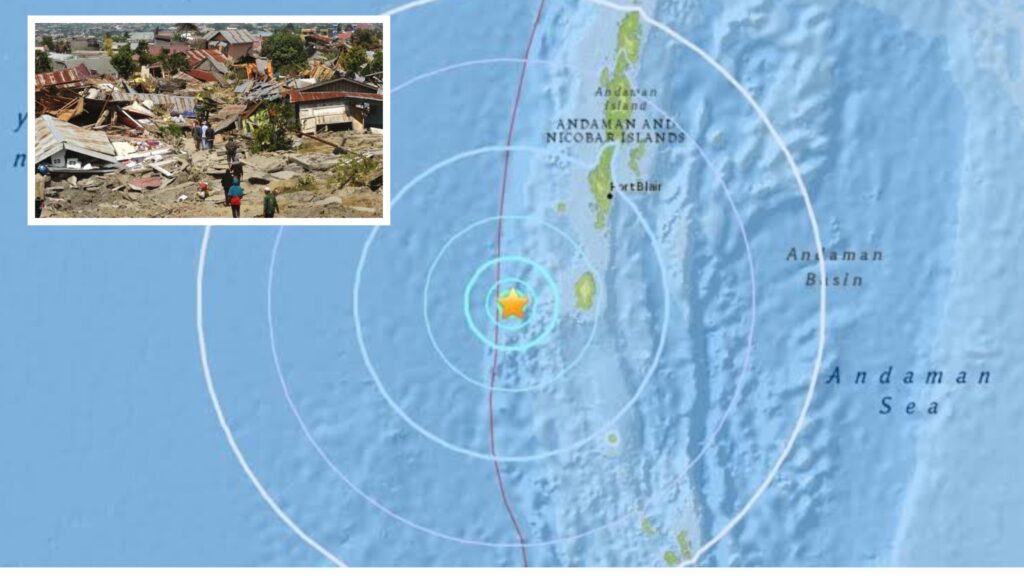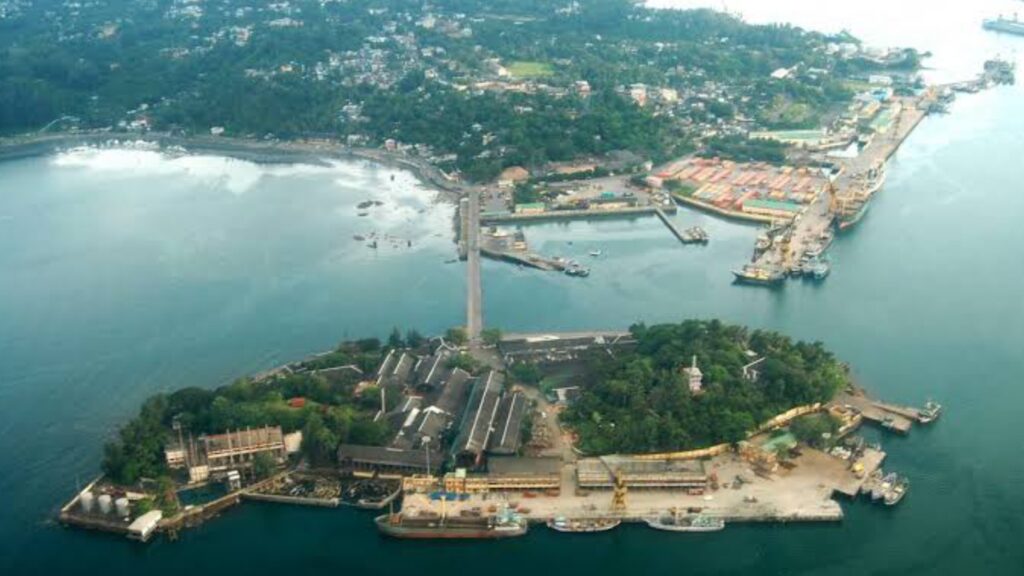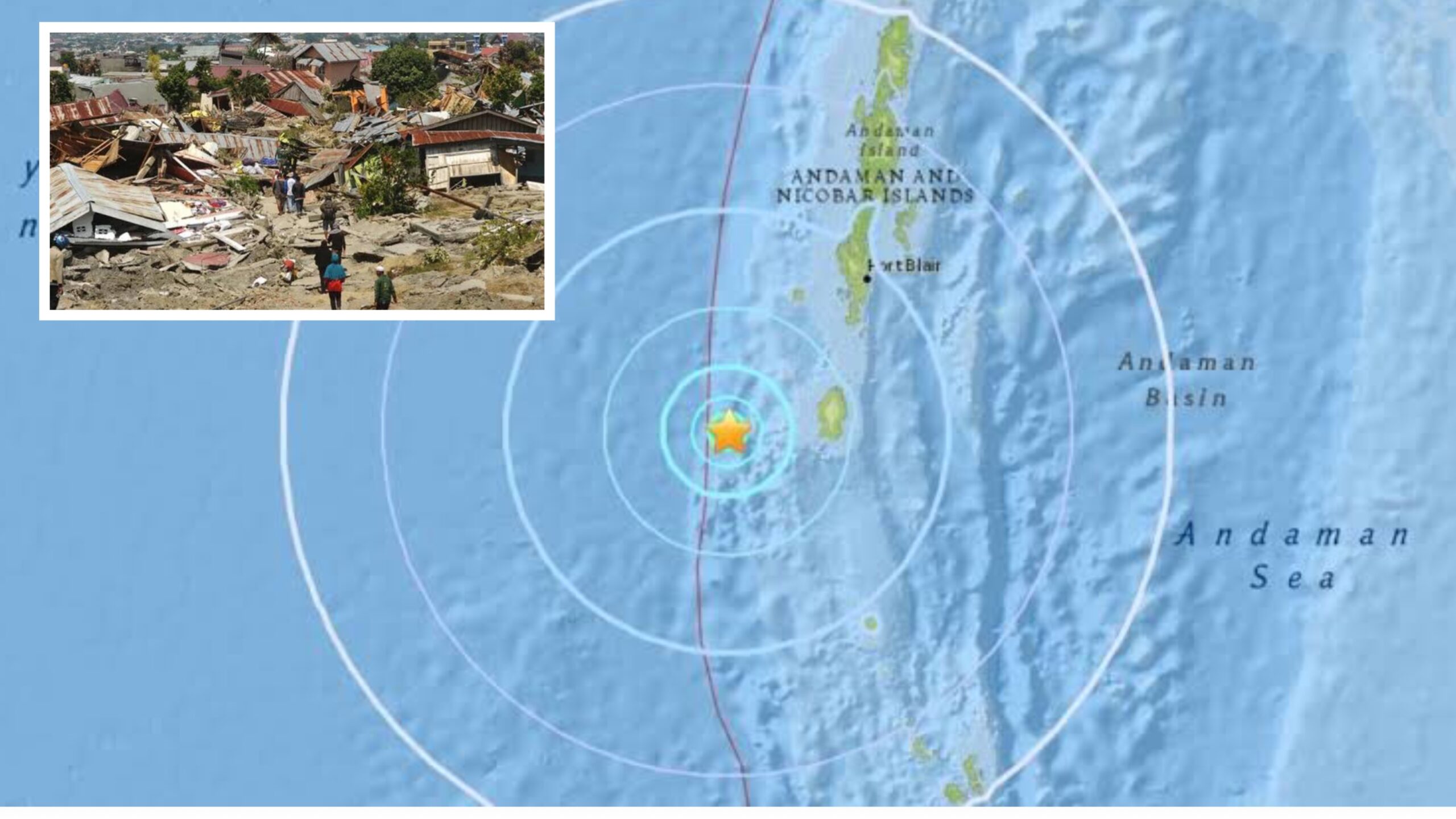In the early hours of Wednesday, a natural jolt disrupted the calm waters near the Indian coastline as an earthquake hits Andaman Sea, measuring 4.2 on the Richter scale. Though the tremor was mild and caused no visible damage, it served as a strong reminder of the tectonic volatility of the region. The National Centre for Seismology (NCS) confirmed the seismic activity occurred at approximately 4:26 AM IST. Located in a seismically active zone, the Andaman Sea is no stranger to such events, but every tremor demands attention and preparedness.
Table of Contents
Earthquake Hits Andaman Sea, No Casualties Reported So Far
As the earthquake hits Andaman Sea, local authorities and disaster response teams sprang into action to evaluate any potential risks. Fortunately, there have been no reports of injuries, structural damage, or disruption to services. The epicenter of the earthquake was offshore, reducing the chances of harm to populated areas. Coastal villages and towns remained undisturbed, although residents were briefly alarmed after early news alerts circulated through social media and radio channels.

While the magnitude of 4.2 is considered low on the seismic scale, experts emphasize the need for monitoring due to the region’s geological sensitivity. Mild quakes like this often precede more significant seismic movements or aftershocks, making it crucial for authorities to remain vigilant in the days ahead.
Why Earthquake Hits Andaman Sea Frequently: The Science Behind It?
This is not the first time an earthquake hits Andaman Sea. The area sits along the boundary of the Indo-Australian and Eurasian tectonic plates, making it one of the most earthquake-prone zones in India. Constant tectonic shifts in the region lead to occasional quakes, some minor and others more severe. The devastating 2004 Indian Ocean tsunami, which originated from a massive undersea quake, still lingers in public memory and emphasizes the need for preparedness even during mild tremor.

The seismic activity today, though minor, has prompted geological departments to enhance observation and analysis in the surrounding areas. Scientists are examining the patterns to understand if there’s any unusual activity building up below the ocean floor.
Fishermen and Coastal Services Briefed After Earthquake Hits Andaman Sea
The Indian Coast Guard and local administrative units issued advisories for fishermen and boat operators to remain cautious, though no restrictions were placed on marine activities. When the earthquake hits Andaman Sea, officials make it a routine to cross-check underwater communication cables, shipping lanes, and oil exploration platforms in the vicinity. All such systems have reported normal operations as of the latest updates.
Emergency preparedness teams conducted standard post-quake assessments, including inspecting vulnerable infrastructure and public safety protocols. As a precautionary step, coastal disaster response drills are expected to be reviewed in the coming weeks.
The Bigger Picture: Living in Seismic Zones
Living in areas where earthquakes are common means constant alertness. When even a minor earthquake hits Andaman Sea, it prompts not only scientific analysis but public awareness efforts. Schools, local panchayats, and civic bodies have been reminded to conduct earthquake safety drills. Authorities urge people not to panic but to stay informed and know basic dos and don’ts in case of future tremors.

Preparedness includes having emergency kits, knowing safe evacuation routes, and paying attention to official alerts. The Earthquake Today update from NCS helps citizens and researchers alike to stay informed about seismic activity around the nation.
Conclusion
Today’s event, where an earthquake hits Andaman Sea, caused no visible harm but served as a timely alert to remain cautious. With no casualties or damage reported, the situation remains under control, though continuous monitoring will continue. It stands as a reminder of nature’s unpredictability and the importance of readiness in all coastal and seismically active regions.
Do Follow for daily news.
